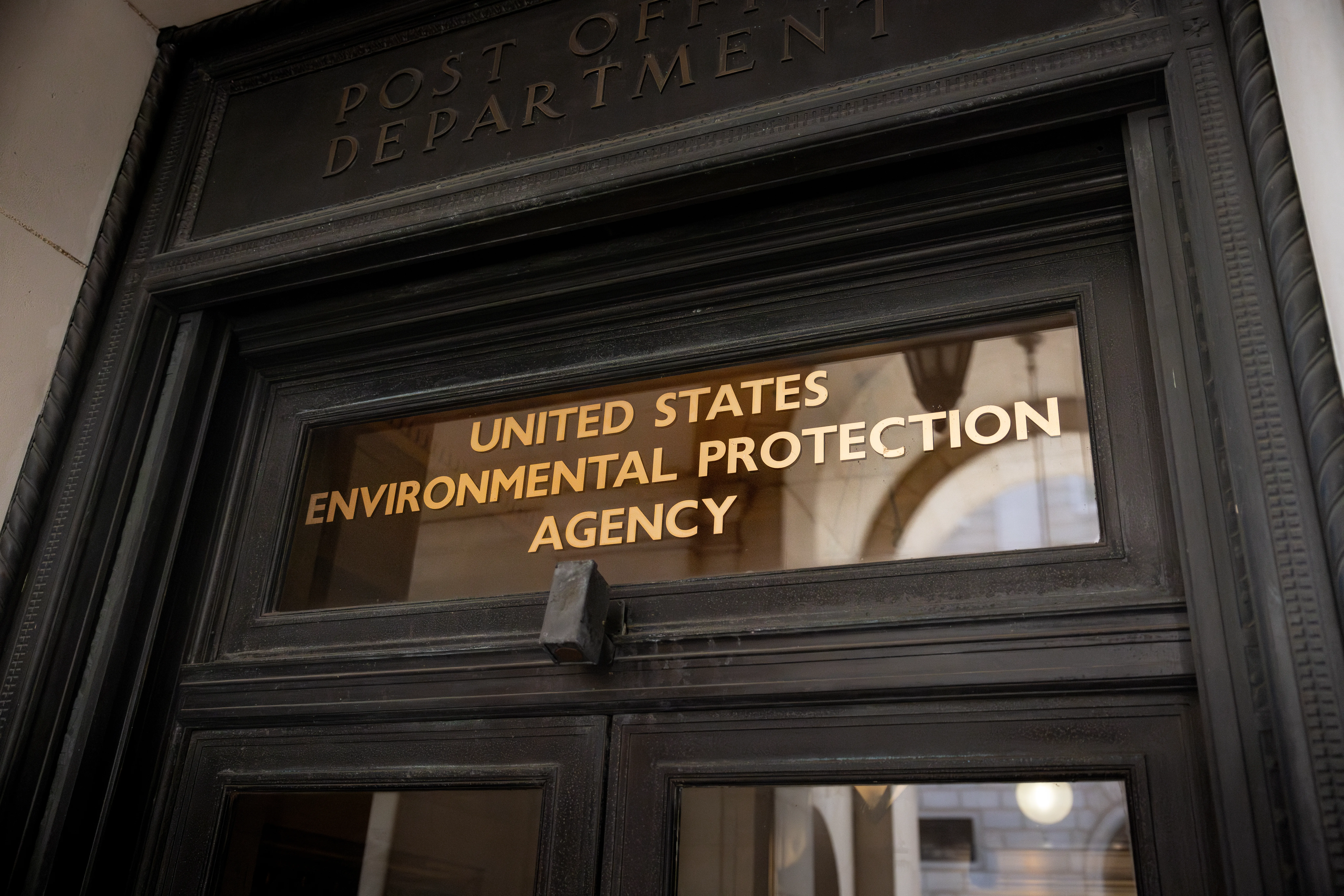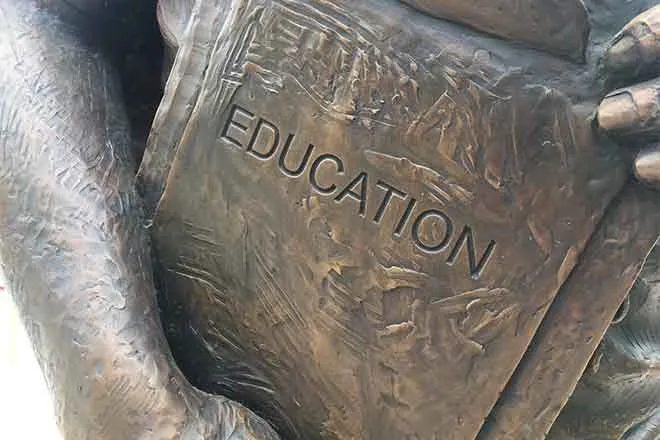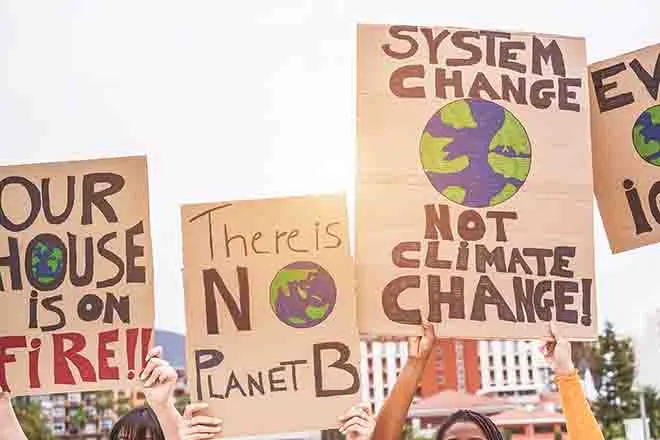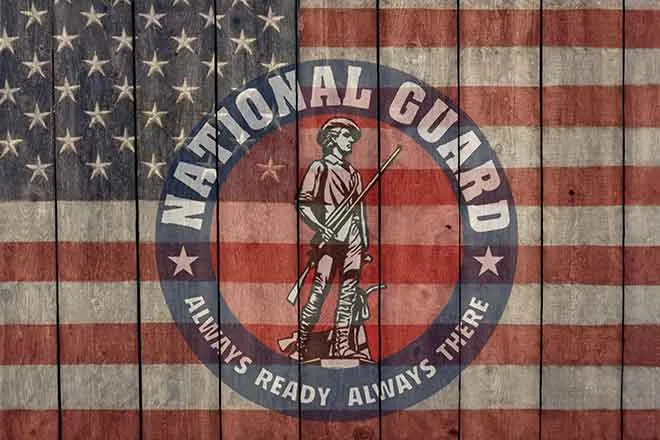
Utah after-school and summer programs blindsided by federal funding freeze
© monkeybusinessimages - iStock-684060608
The federal funding for several public school programs was scheduled to come by Tuesday. But this week instead of money, states received a notice saying that the $6.8 billion allocated for different K-12 programs were on hold and under review.
Now, a network of summer care and after-school programs in Utah, funded by the 21st Century Community Learning Centers Grants, is under an existential threat, and the families of 10,000 children in 83 Utah programs could potentially lose their plans not only for educational opportunities, but also for child care for working parents.
The grants approved by Congress are typically distributed in April or May each year to fund high-in-demand programs offered in public and charter schools, as well as other community centers such as libraries and faith-based institutions.

©
But the Trump administration is still studying whether these school programs align with other presidential initiatives, said Ben Trentelman, executive director at Utah Afterschool Network.
“Programs depend on that funding in order to be able to operate, and so if they can’t bill the state for reimbursement, these programs are unsure of exactly how long they’re going to be able to operate,” Trentelman said on Wednesday.
The programs may use registration fees or other means to pay for a portion of their operating costs up front. While there is other funding for the after-school and summer services, federal money is the top source, Trentelman said, accounting for over $6 million. Currently, there’s no state investment for the program.
“This enables programs to be able to operate at a higher capacity, to have higher ratios with the number of staff that they have in the number of youth that they’re able to serve,” he added.
The Utah State Board of Education, which administers the funds locally, notified program managers they can continue using any remaining funds through August. But there’s no guarantee of funding after that, Trentelman said. At this point, most programs have already spent most of their budget for the 2024 fiscal year.
Some administrators may decide to take the risk to continue to pay for programs hoping for later reimbursements, he said. But, some smaller ones, especially in rural communities, may not have enough reserves to do that, and may have to decide whether to continue operating at all.
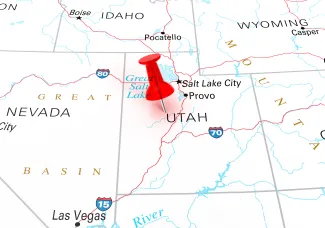
Because the Trump administration didn’t provide a timeline of when schools may hear more about the funding status, Anna Thomas, policy director at Voices for Utah Children, foresees that if the funds don’t get released soon, many Utah children will get kicked out of their summer programs within weeks.
“Our after-school programs in Utah are already tragically underfunded. If we were willing to serve every child that wanted to be served, our programs would be eight or nine times as large as they are right now. The only restraint on that is funding. The funding creates all the restraints,” Thomas said. “So these programs are already used to paying their staff next to nothing. They are already operating on a shoestring. They are already accepting donations in kind support from community partners.”
For the state, stopping them would represent a big employment and education disturbance, Thomas said. And without them, Utah families with school-aged children will see “incredible disruptions and stress” and other ripple effects.
Looking at the potential repercussions, Thomas said she is, at best, disappointed by the funding freeze and the lack of consideration on its effects on communities across the county.
“When did we get to the point where kids having a safe, educational place to be in the summer with access to food that they might not get at home is somehow political? It’s not political, it’s humanitarian, it’s community service,” Thomas said. “We are leaving these families out in the cold on purpose, knowing fully how hard it will be on them in the immediate moment and how much difficulty it will create for all of us in the future.”
The programs are increasingly popular in Utah
One of the programs’ goals is to ensure that children have access to a safe place to go and to get meals outside of school hours. For many, they are a way to get their children involved in free activities like fine arts, sports, computer science, or college and career readiness, among others.
The activities have grown especially popular over the years. For every child in a Utah after-school program, there are eight more waiting to get in, according to a survey from Afterschool Alliance.
“These programs are actually very intentional in making sure that they’re aware of what trends are for growth in our workplace, making sure that we’re gearing kids up for whatever future opportunities may be,” Trentelman said.
They have even partnered with different universities to mentor students interested in engineering or medical careers.
For some families, it is also a way to keep their kids out of trouble while parents are away.
“These programs operate typically between 2 and 6 p.m., when working parents are typically unavailable, and kids are also found to be engaging in riskiest behaviors at those times,” Trentelman said. “During those hours is when we typically see the highest rates of youth that are engaged in things like experimenting with drugs and alcohol, getting involved in gang activity.”

